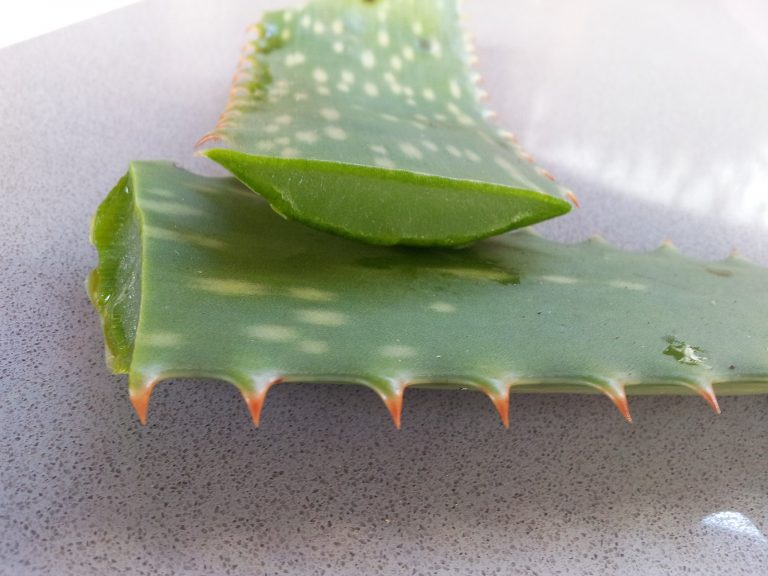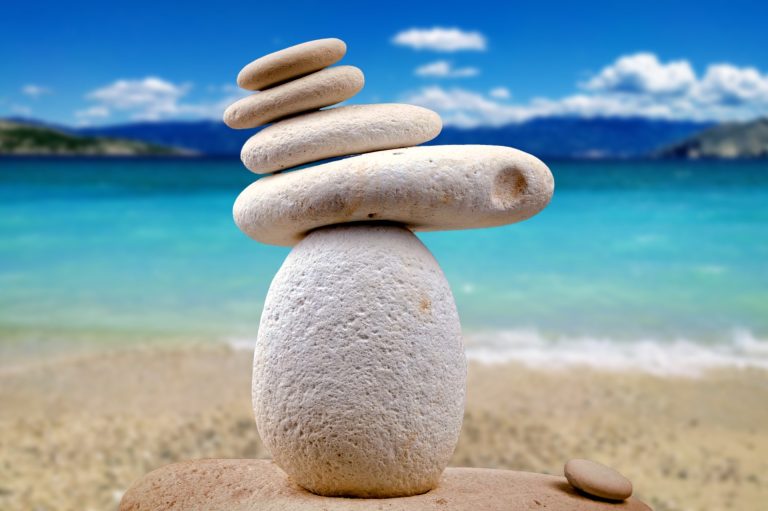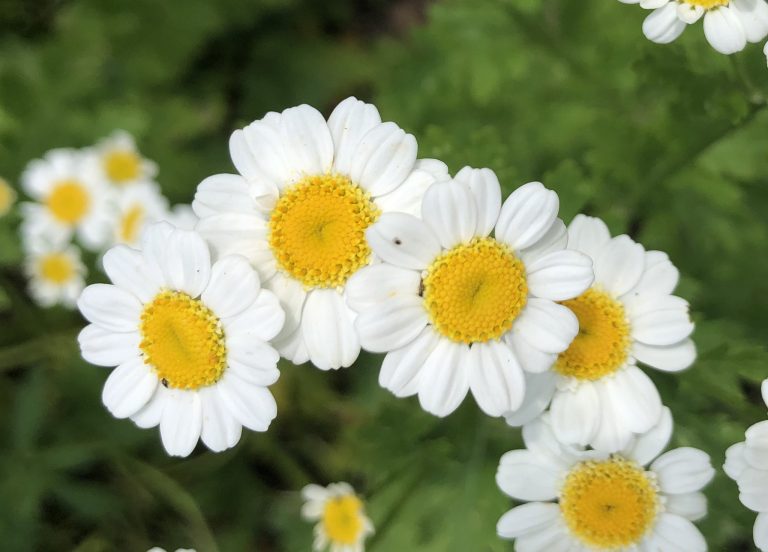Aloe vera is a well-known and heavily-studied succulent plant. For centuries, it has been known as a “wonder plant,” and applied medicinally for a wide range of conditions, ranging from obesity to burns to dermatitis, ulcers, asthma, diabetes, acne, and even leprosy.
The Aloe vera plant
Aloe vera (Aloe barbadensis miller) is a short-stemmed succulent which spreads through offsets. In the wild, aloe vera can grow up to two meters in height. While it has long been categorized in the Lily (Liliaceae) family, the family name Aloaceae was recently bestowed upon all aloe species by Dr. Tom Reynolds from Kew Gardens.
Aloes thrive in sunny, dry regions. Over 500 species exist, 130 of which are indigenous to Africa. It is found in subtropical areas worldwide, including southern US states of Texas, New Mexico, Arizona, and California. Like many medicinal herbs, one can cultivate Aloe vera at home.
The succulent leaves of Aloe vera grow erect in a rosette. They have serrated edges, and are composed of three layers, the innermost of which is a bitter translucent gel containing glucomannans, amino acids, lipids, sterols, and vitamins. A bitter yellow sap containing anthraquinones and glycosides makes up the middle layer, and the outer layer, called a rind, acts as a protective skin which synthesizes carbohydrates and proteins necessary for the plant.
Origins
Aloe vera, also written Aloë, is the most well-known Aloe species. Even in 1753, when Carl Linnaeus initially described the Aloe species as Aloe perfoliata var., it was noted as the most often utilized.
Success
You are now signed up for our newsletter
Success
Check your email to complete sign up
Recent research suggests that, based on evolutionary ties with closely similar species, the plant originated in the Arabian peninsula. The therapeutic usage of aloes arose from the coincidence that succulent leaf tissue, an adaptation for survival in dry environments, is generally medically beneficial to humans. The fact that Aloe vera has emerged as the dominant species in this herbal remedy seems to result from being “in the right place at the right time.”
Historic medicinal uses
Aloe has been used medicinally in China since Marco Polo’s voyages there in the late 13th century. The plant was described as the “Method of Harmony” in Shi-treatment of Dr. Shen’s Handbook of Herbs and Acupuncture. In Japan, it was known as the “royal plant,” and its sap was used to cure warrior wounds and treat sprains and strains.
The queens of Egypt, Nefertiti, and Cleopatra, all employed Aloe Vera to keep their skin looking fresh and beautiful. The medical secrets of this plant were introduced to Palestine by the Jews, and King Solomon became a big fan of its fresh fragrance and therapeutic qualities. The Templars preserved their health by consuming “Jerusalem Elixir,” a concoction of palm wine, aloe pulp, and hemp, which they believed would provide them with a longer lifespan.
In addition to its other names, it is also known as the “desert lily” since Arabs used it to shield themselves from sunburn.
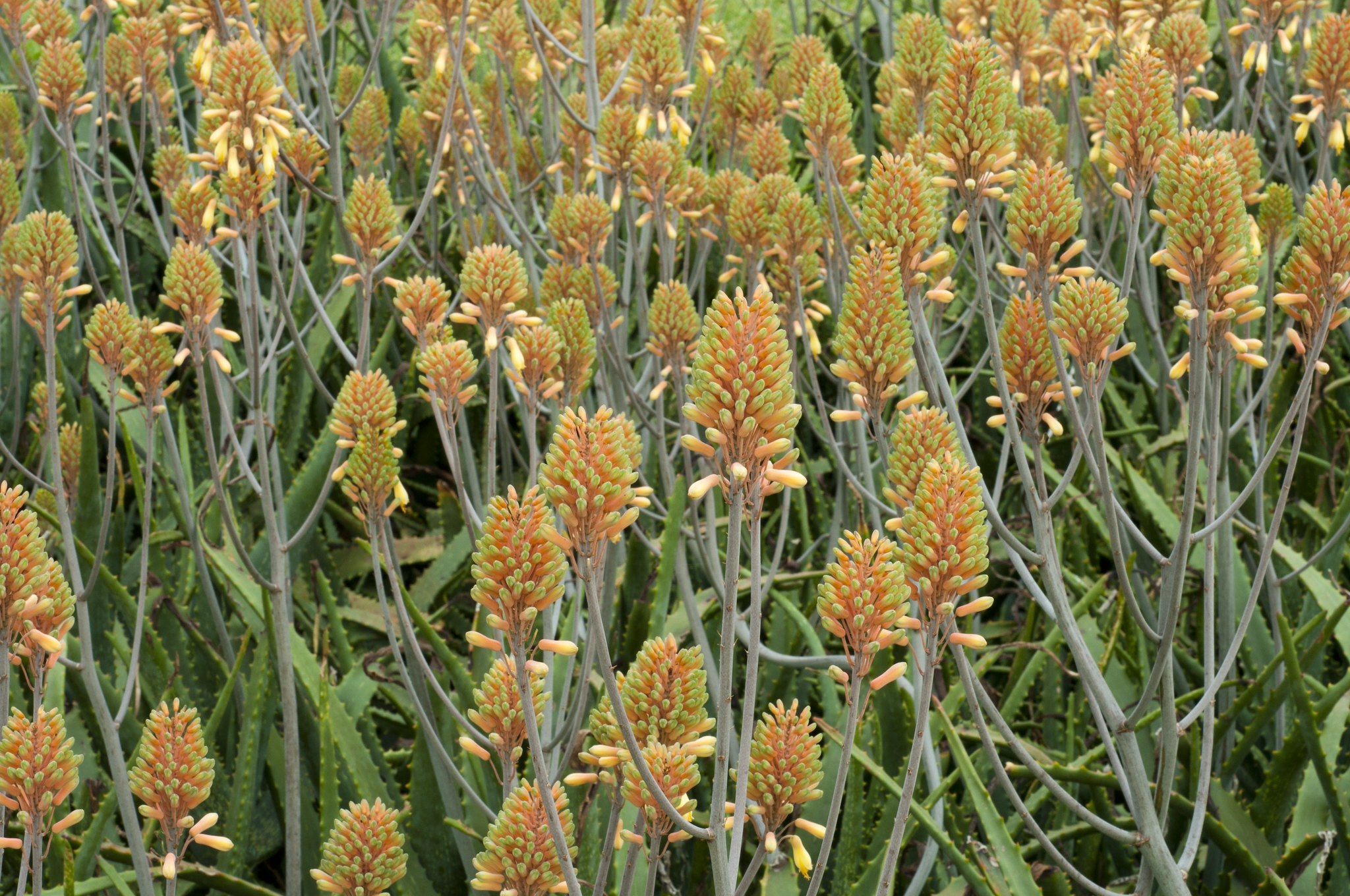
Spanish missionaries planted it close to where they landed and used it medicinally. The Sonoran Indians of Mexico have also utilized Aloe Vera for ages to heal their combat wounds. The same was true for Alexander the Great, who, throughout his conquests, sought the aloe plant because it helped his warriors recuperate faster when they were wounded in battle.
Between 40 and 60 years ago, Aloe vera became known as ‘Vera rasyana’ in Indian ayurvedic medicine, which means ‘the rejuvenator of the body.’ It was used to treat many medical ailments, including ulcers, dry skin, throat irritations, and bruises.
Once introduced to the new world, native tribes revered it as one of 16 sacred plants. It was applied to the skin as an insect repellent on humans or to wood and other precious materials as a preservative.
Throughout the 1900s, fresh and dried aloe were being sold for healing burns, gum ulcers, and radiation damage. By 1980, plantations were popping up to meet the growing demand.
The aloe vera plant is now one of the most extensively used pharmaceuticals and natural health products. Globally, aloe vera-based products produce an estimated $13 billion yearly.
Synergy and properties of Aloe vera
Aloe Vera gel is over 95 percent water; but it contains a plethora of beneficial enzymes and amino acids which can aid digestion and absorption of carbohydrates, proteins, and fats. Some of the enzymes in aloe vera gel have been shown to destroy free radicals, or environmental toxins, in the human body. Aloe vera gel includes seven crucial amino acids as well as several non-essential valuable amino acids that benefit the human body.
So far, a minimum of 160 essential compounds have been found in the plant. Experts estimate its life-giving elements to be 300-400. The therapeutic properties of aloe vera are due to a combination of all its constituents.
The minerals and micronutrients found in Aloe vera include iron, magnesium, calcium, chromium, copper, manganese, potassium, selenium and zink. A balanced ratio of such micronutrients can help reduce the risk of cancer and heart attacks.
The yellow sap from the middle layer of the leaf is called aloin, an anthraquinone glycosyl. Although this substance is not officially considered safe for consumption, small amounts are often ingested as a laxative. Aloe gel is considered safe because the outer part, containing the aloin, has been cut away. The juice, however, is made from whole leaves, and thus contains aloin.
Well being
Aloe has traditionally been used to cure skin issues, including baldness, and wounds. The high water content, which contains essential oils, enzymes, and amino acids, makes it excellent for treating eczema, allergies, and psoriasis. Extracts are widely used in cosmetics, notably moisturizers, soaps, and lotions for dry skin. Recent studies demonstrate that the extracts may lighten skin pigmentation and assist with acne.
Aloe juice, with its polysaccharides and anthraquinones, can help maintain a regular bowel movement. It can also reduce stomach acid and inflammation, thus alleviating heartburn.
Aloe vera is a favorite, FDA-approved, supplement in juices or beverages. Due to its zinc, magnesium, copper, and iron content, it provides natural immune support, and is a good source of vitamins A, B1, B12, B2, C, E, and folic acid.
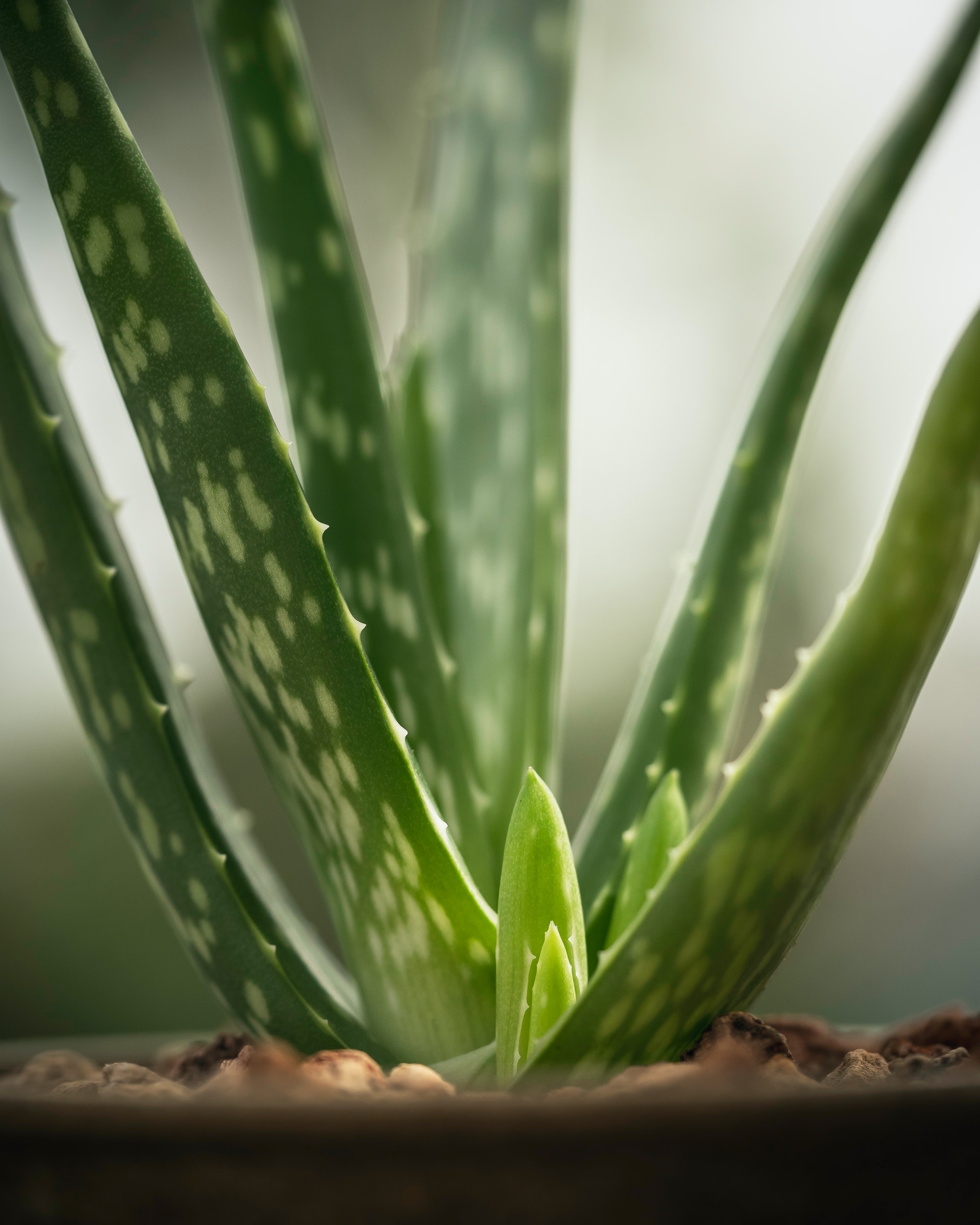
Growing Aloe at home
While there are a wide range of products available in this $13 billion industry, experts advise taking the plant’s extracts straight from the plant. You can have fresh Aloe vera always at hand by cultivating your own plant. In temperate climates it is commonly kept as a houseplant.
As a succulent, Aloe vera does best in dry conditions. Give your potted plant plenty of natural sunlight, and allow the soil to dry completely before watering. When you water, do so thoroughly, and allow the excess water to drain freely.
Short video on how to harvest aloe from house plant
Once you have an established plant, you can begin harvesting the leaves. Select thick, healthy outer leaves and cut them at the base with a sharp knife. Allow the aloin to drain out by placing the leaf standing up in a glass or other vessel. Then carefully slice the skin away with a sharp knife.
The resulting filet of gel can be used directly in smoothies, or as a skin treatment; but it can also be cut into chunks and frozen for later, similar applications.
Disclaimer: Any medicinal benefits given here should not be taken over the advice of trained medical professionals. If you are ill, please go and see a doctor. Always make sure that anything you consume is 100% safe. Consult your doctor or midwife before consuming something you haven’t tried before if you are pregnant.
Ila Bonczek contributed to this report.



